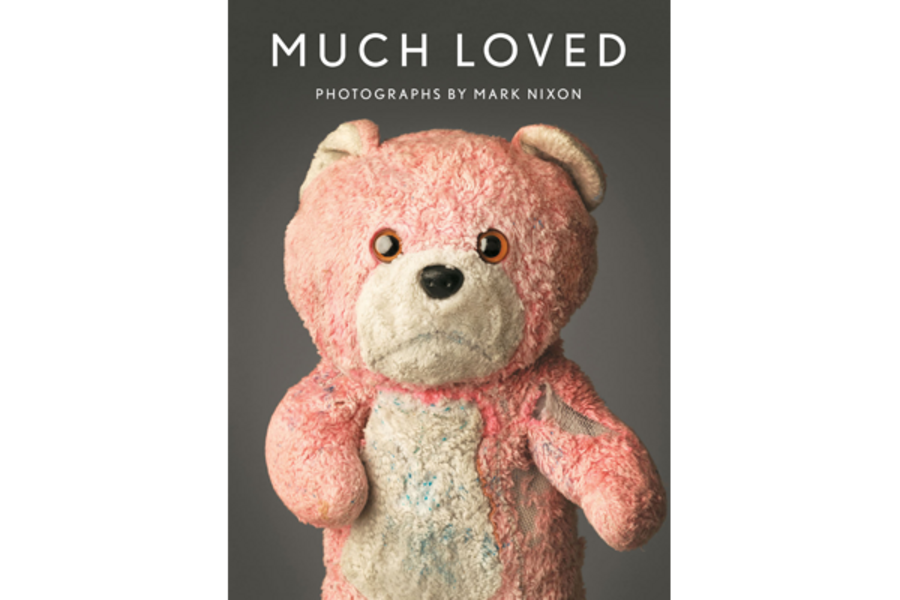Much Loved
Loading...
Sometimes I find a photo book with such a simple, great concept that I wonder: Why didn’t I think of that? In his new book, Much Loved, Mark Nixon photographed 65 stuffed animals that were adored and hugged, often to the point of destruction.
We can all relate to these worn-out bears, dogs, and rabbits that were once someone’s constant companion. (I still have the teddy bear my uncle Phil brought to the hospital when I was born.) These stuffed friends take us back to our childhoods. They were there for us in times of joy and comforted us in sadness. They came on vacations and slept with us each night. They had names and personalities.
Nixon photographs each one with studio lighting against a plain background so we can see every beloved inch of them. Many have been repeatedly patched. Some wear clothing that literally helps to keep them in one piece. Each has a biography that tells us its name, age, and history, bringing them to life.
The idea for the shoot came to Nixon when he saw how attached his son Calum was to his Peter Rabbit. Nixon put out a call for people to bring in their much-loved toys, thinking most of the stuffed animals would belong to children. He was surprised when many adults responded, clearly still attached to their teddy bears.
One of my favorite portraits is of Teddy, who is 78 years old. Teddy belonged to the photographer’s father and was passed down to Nixon’s son. Teddy is still dapper in his plaid pants and bow tie and looks really good for his age.
Floppy, on the other hand, isn’t faring as well at age 6. He has been “loved” so hard that he is falling apart. He belongs to Eve and helps her fall asleep. One day, Floppy fell out of her buggy and was left in the park. Eve’s father was at the park gates at 7 a.m. Floppy was finally found in a garbage bin and was happily reunited with Eve.
Each stuffed animal in the book tells a story of being abused in the most affectionate way. Looking at them, you will find yourself remembering your own best friend – who loved you absolutely unconditionally.
Melanie Stetson Freeman is a Monitor staff photographer.








